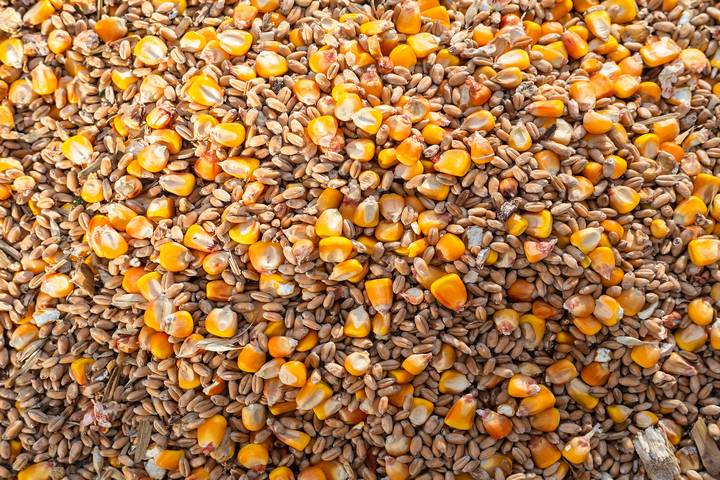You likely picture your morning bowl of oatmeal when you think of grains, but they are much more than that! Grains are one of the largest produced commodities in the world. They are highly nutritious and packed with vitamins, minerals, and fibre.
A diet rich in grains can sustain us and help reduce disease. They keep us healthy, well-fueled and energized. For thousands of years, cultures across the globe have relied on grains to feed their families and their livestock. They have even found other interesting and ingenious uses for grains to enhance their daily lives.
Check out these ten fun facts about grains:
Fact #1: There are seven major types of grains.
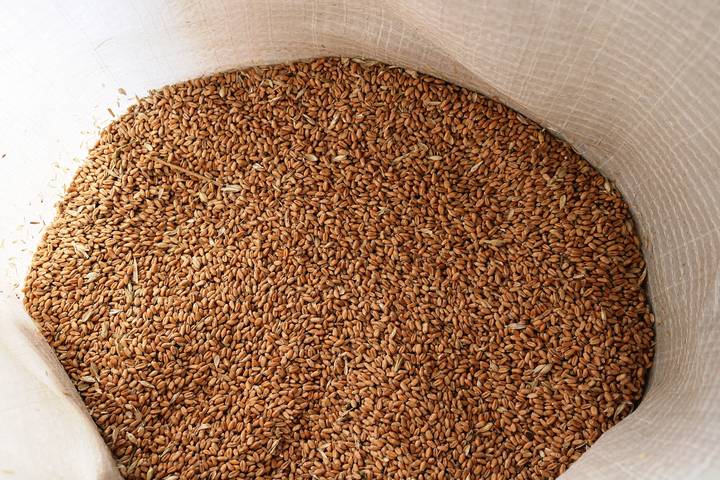
Throughout the world, there are seven main types of grains. In order of highest produced to lowest, these grains are:
- Corn
- Wheat
- Rice
- Barley
- Sorghum
- Oats
- Rye
Fact #2: The world produces a lot of grains.
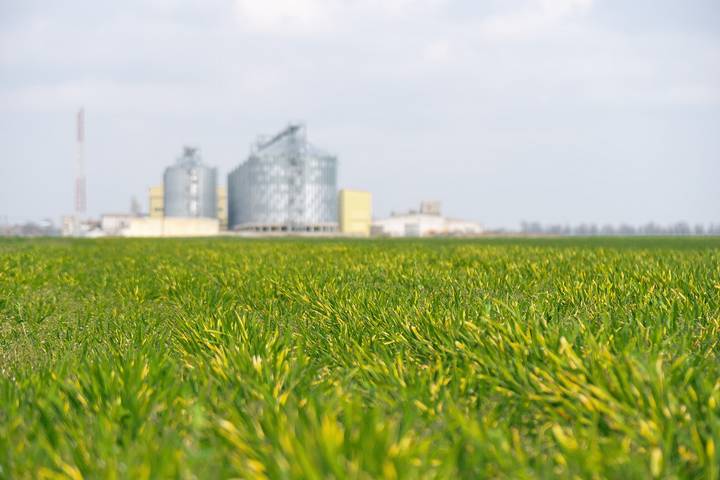
Different types of grains are a staple food source for people throughout the world. You may not notice you eat grains, but they are included in almost everything. Grains can be found in cereal, crackers, bread, and even snack foods. Because of this, grain is one of the most widely produced commodities, with world production reaching over 2.67 billion tons each year.
Grains are popular among farmers because they don’t involve a lot of maintenance. Most grains can grow in large quantities as long as they are preserved under the right climate conditions. Fortunately, farmers use remote grain bin monitoring systems to manage their harvests. These technologies help preserve the temperature, moisture, and climate levels to ensure the best grain quality.
Fact #3: Corn is the most widely produced grain.
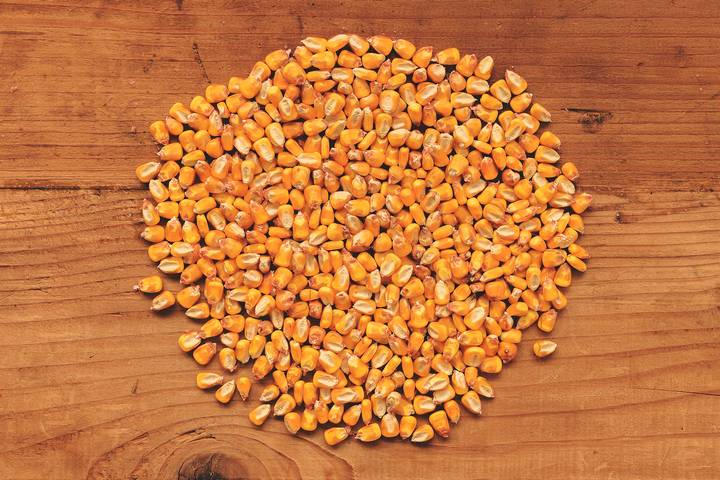
Corn is one of the biggest grain plants. Depending on environmental and soil conditions, the corn plant can grow up to ten feet tall and produce between two to four ears of corn. The US, China, Brazil, Mexico, and France are the largest producers of corn in the world. However, only approximately 1% is sold for human consumption out of all the corn produced.
Fact #4: Barley is one of the oldest known grains.
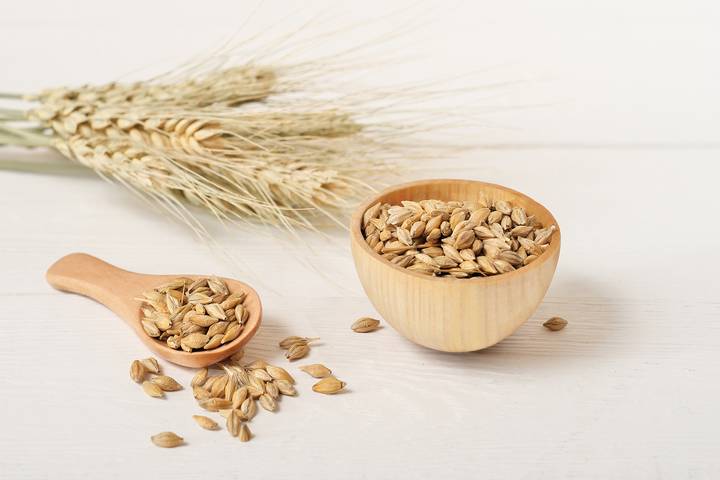
There are signs that barley was being harvested more than 10,000 years ago. Even in these early times, people were aware of barley’s unique ability to make beer, and traces of this drink have been found in ancient pottery. No wonder barley was so popular!
Fact #5: Wheat is the most adaptable crop.
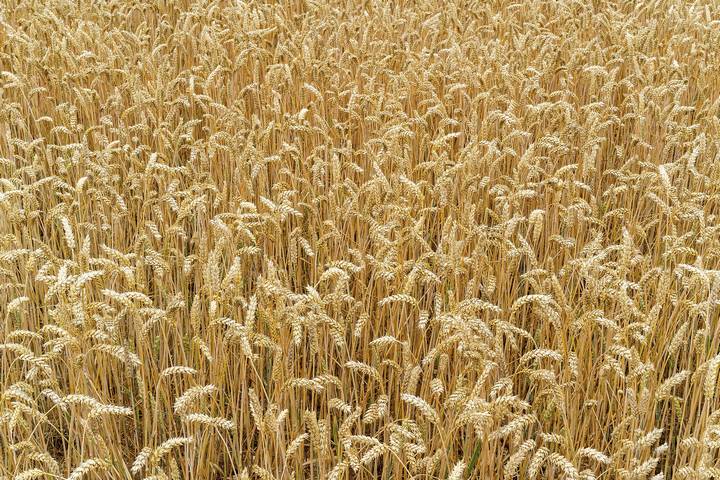
Wheat is found on all continents and can be grown in a wide variety of different conditions. It is a very adaptable crop that can thrive no matter the climate or soil conditions. Because of this, wheat makes up over 17% of the world’s cultivated land.
Fact #6: Grains aren’t just used for food.
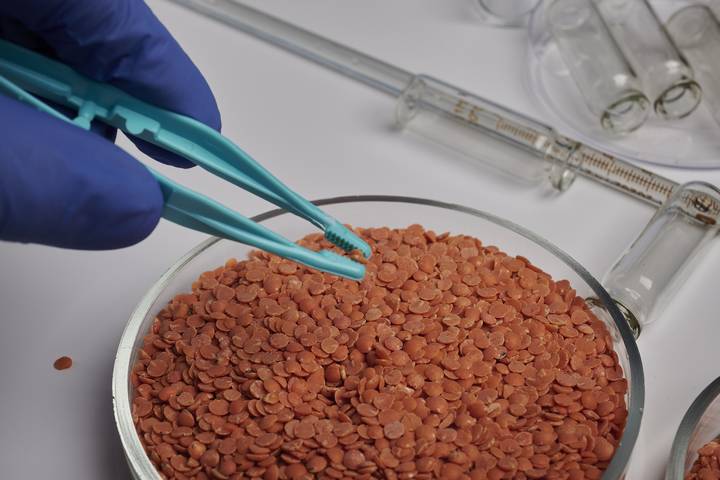
Grains are incredibly versatile! They feed us, provide us with nutrition and fuel, and have many other uses. Grains can be fermented to make alcohol. Their sugars can be extracted to make sweeteners. Plus, they can be used to make ethanol and other fuel types.
Wheat is very starchy, and therefore it is often used to strengthen the paper. It can also act as a strong adhesive and is an ingredient in the glue of postage stamps.
Fact #7: Rice is grown differently from other grains.
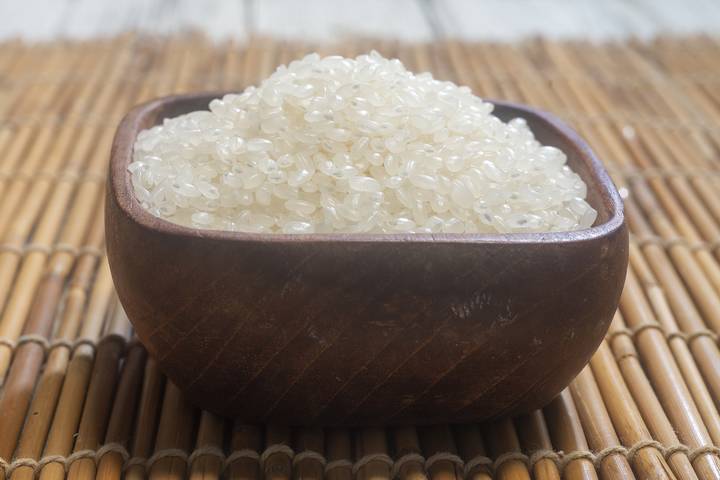
While other grains require rich, moist soil to grow, rice has its unique requirements. Rice must be produced in very hot climates and needs a lot of moisture to thrive.
Fact #8: Wild rice isn’t rice at all.
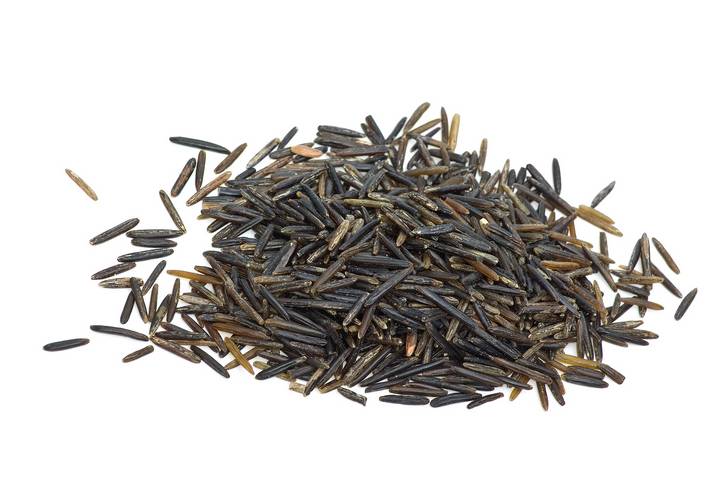
Wild rice is a type of grass seed that isn’t related to regular rice. However, the rice has stuck because it looks like rice cooked like rice. Also, many commercially available packages of wild rice contain other grains and white rice as well, since wild rice on its own can be quite expensive.
Fact #9: Grains were used as the earliest pregnancy tests.

Women of today only have to make a trip to the doctor or local pharmacy to find out if they are pregnant. In Ancient Egypt, women would urinate in a crop field. If wheat began to grow, they believed they would have a girl. If barley started to sprout, their baby would be a boy. And if no crops came at all, this was an indication they weren’t pregnant in the first place. Fortunately, science has progressed a long way since ancient times.
Fact #10: Grains helped build the Great Wall of China.

Did you know that the Great Wall of China is made out of rice? Rice can be made into a super sticky compound that works perfectly as a mortar. It is long-lasting and durable and has held this wonder together for over 600 years.
The next time you dig into your dinner, take a moment to think about what you are eating. There is an excellent chance that the food on your fork contains some form of the seven major types of grains. Before taking a bite, know that you consume some of the same foods that our ancient ancestors first helped cultivate. Plus, filling up on these grains will give your body a boost of nutrition and energy and help it fight off illness and disease. Grains are amazing!

